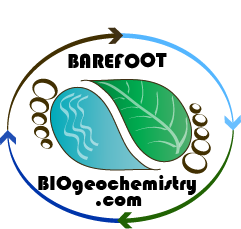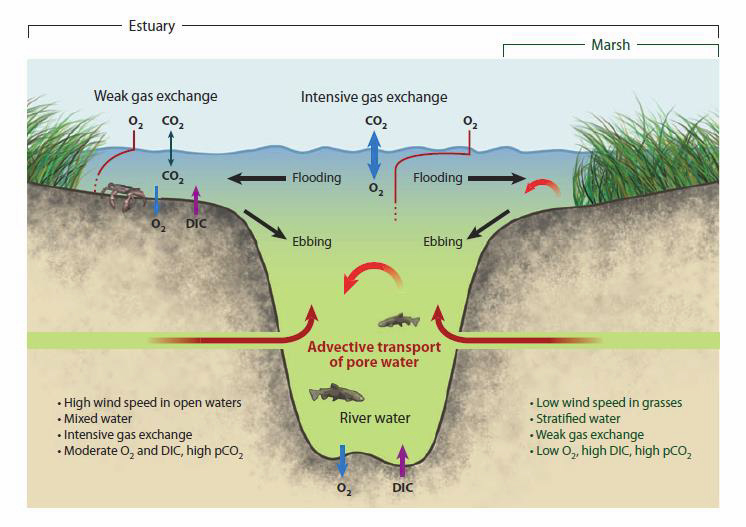A thesis submitted in fulfillment of the degree of Doctor of Philosophy
Porewater exchange as a driver of CO2 flux to the
atmosphere in a temperate, North American estuary.
By: Rowena Diggle
Supervisor: Dr. Douglas Tait
Co-Supervisor: Prof. Isaac Santos
Honours project by Rowena Diggle tackles Canadian estuary carbon dynamics
Squarmish Estuary
Ongoing Honours student Rowena Diggle recently undertook the first part of her honours field work in the Squamish Estuary in British Columbia, Canada. The Squamish Estuary is located just north of Vancouver and near the base of the famous Whistler Resort. Rowena was joined by University of Victoria (Canada) student Xander Huggins and her supervisor Dr. Douglas Tait. The estuary had been impacted by many decades of industrial activity and development, but recent years have seen large amounts of remediation works taking place thanks to tremendous community involvement largely through the Squamish River Watershed Society. Rowena’s project aimed to quantify the flux of carbon coming into the estuary both through surface waters and also greenhouse gas fluxes to the atmosphere. Importantly, it tried to unpack just how much porewater exchange in the sediments drives these processes. With little scientific understanding of these type of carbon dynamics in temperate systems like the Squamish Estuary, the study will hopefully be a crucial first step in showing land managers and policy makers how important these systems are in regulating coastal processes.


